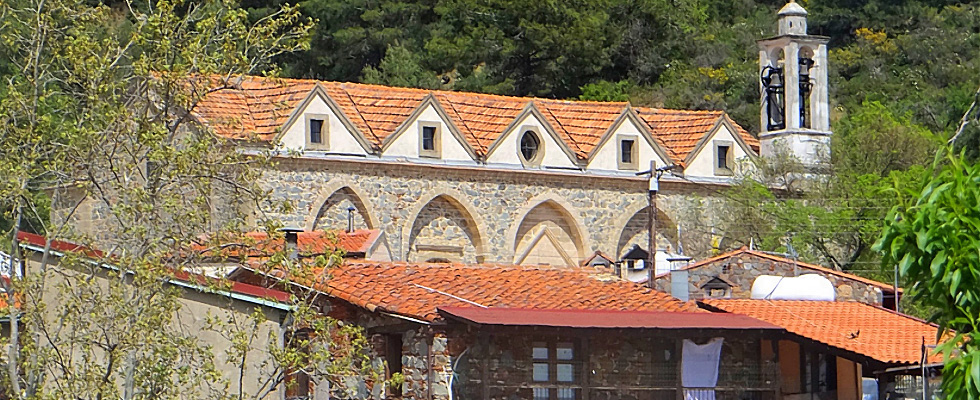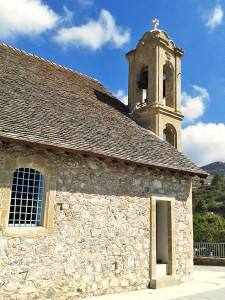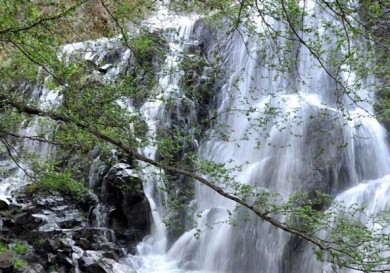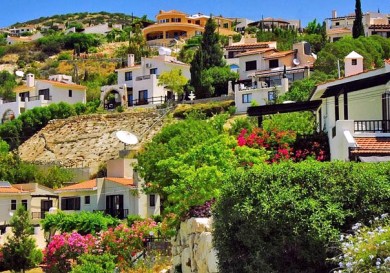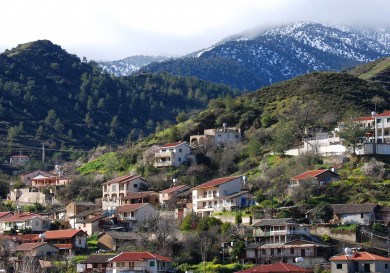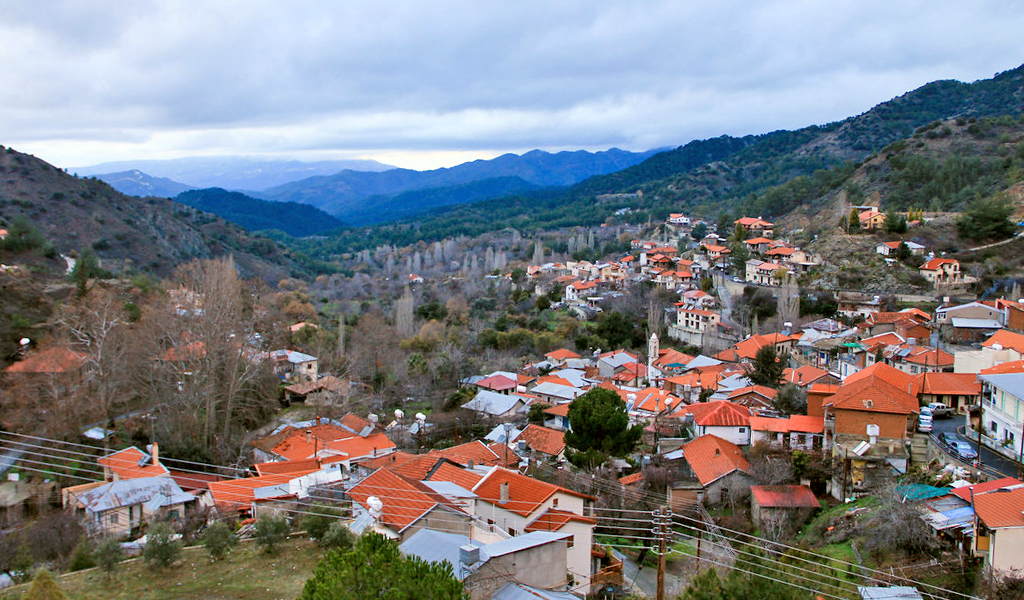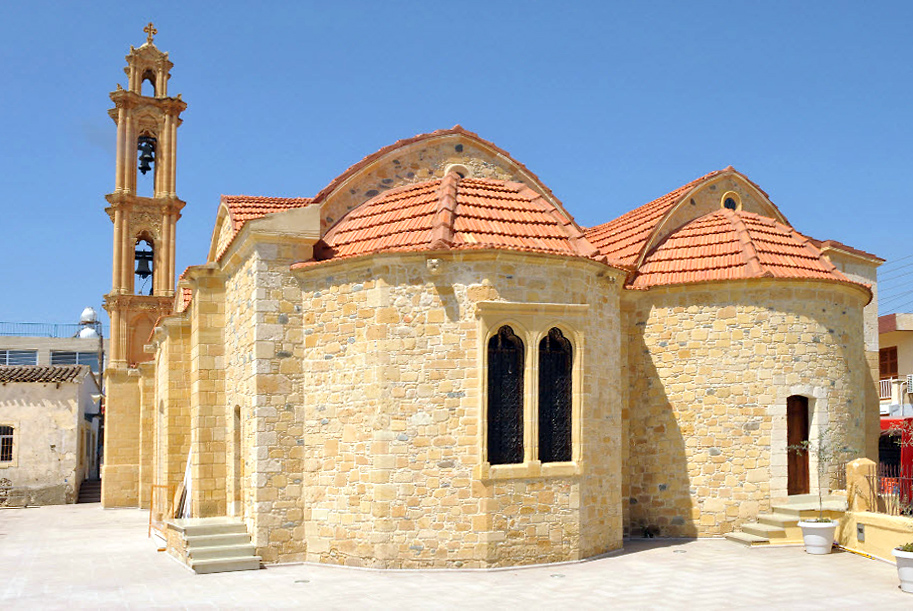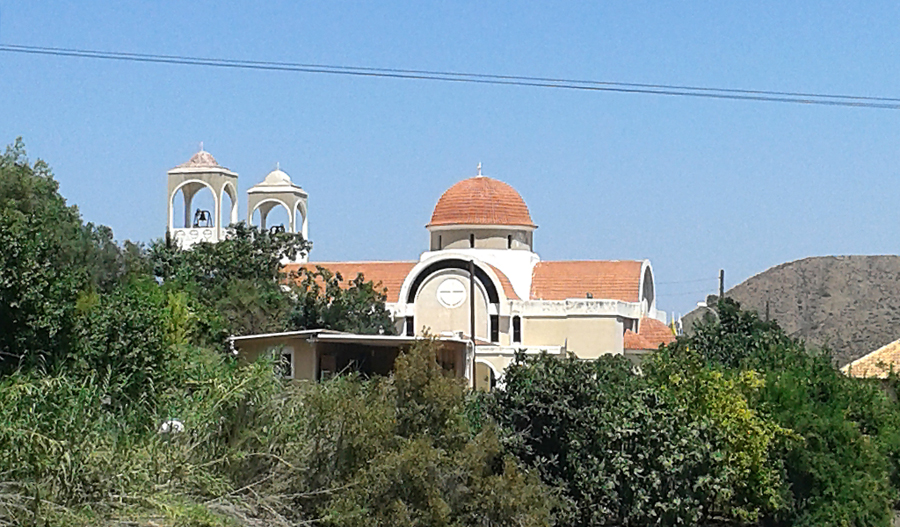Autumn is traditionally considered to be harvest time and so the end of September/beginning of October is always a busy time for farmers in Cyprus. If you visit the village of Vavatsinia at this time of year, you will not only be able to enjoy the ripe grapes which hang in clusters, but also the tomatoes which grow on plantations, like the vineyards, on the mountain slopes of Troodos.
The village of mulberry
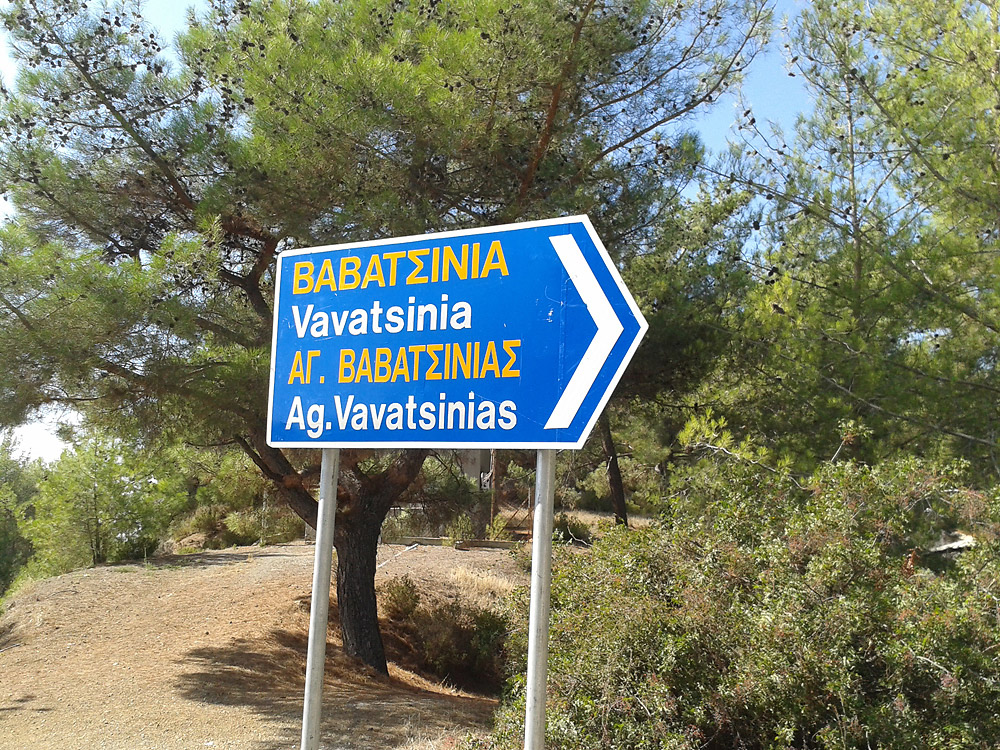
We went from Larnaca to the village of Vavatsinia, turning left from the Larnaca-Limassol highway and following the signs to Lefkara. It takes no more than 20 minutes. You can combine a visit to Vavatsinia with one to Lefkara as it’s on the same road.
The first settlements appeared here during the Arab raids when locals fled to find shelter in the mountains. In Greek ‘Vavatsinia’ means mulberry or a mulberry tree, which grew here.
Like many small mountain villages, Vavatsinia tries to preserve its historically image, which is why even the new buildings are constructed in accordance with local traditions and the roofs are always covered with red tiles.
Although the village is relatively small, with a population of just 81 people, it has several sights.
Churches and chapels
There is a large church in honour of Saint George in the centre of the village. It was built in 1912 with money from Georgy Tselakidis, who was born and grew up in this village, but later immigrated to Egypt. Even though he left his home country, he didn’t forget his motherland and sent the money to build the church.
To the west of the village there is a small church of the Most Holy Mother of God. It was the first church built in the village, although the exact date it was built is not known. We only know it was rebuilt the final time in 1850. The special feature of the church is the presence of an attic, which is totally atypical of this type of construction.
Apart from the 2 churches, there are also 3 chapels in the village.
Another local sight is a rather inconspicuous building, resembling a cellar, located in the centre of the village. This is a hootch still, which the inhabitants of Vavatsinia and the adjacent villages still use to produce Zivania, or grape moonshine.
The routes of adventures
A picturesque walking route, Athasia (the route of the almond tree) starts on the northern outskirts of the village. It passes a forest and ends near the Macheras Monastery. The path, 5 kilometres long, has a third level of difficulty, because most of the way is uphill. An ancient cave, named Kakaramata, is of special interest as it was discovered in the period of Lusignan’s reign, when copper was mined.
An interesting cycle route starts from Vavatsinia. It’s 25 kilometers long and ends in the little village of Palaichori.
So similar and yet so different
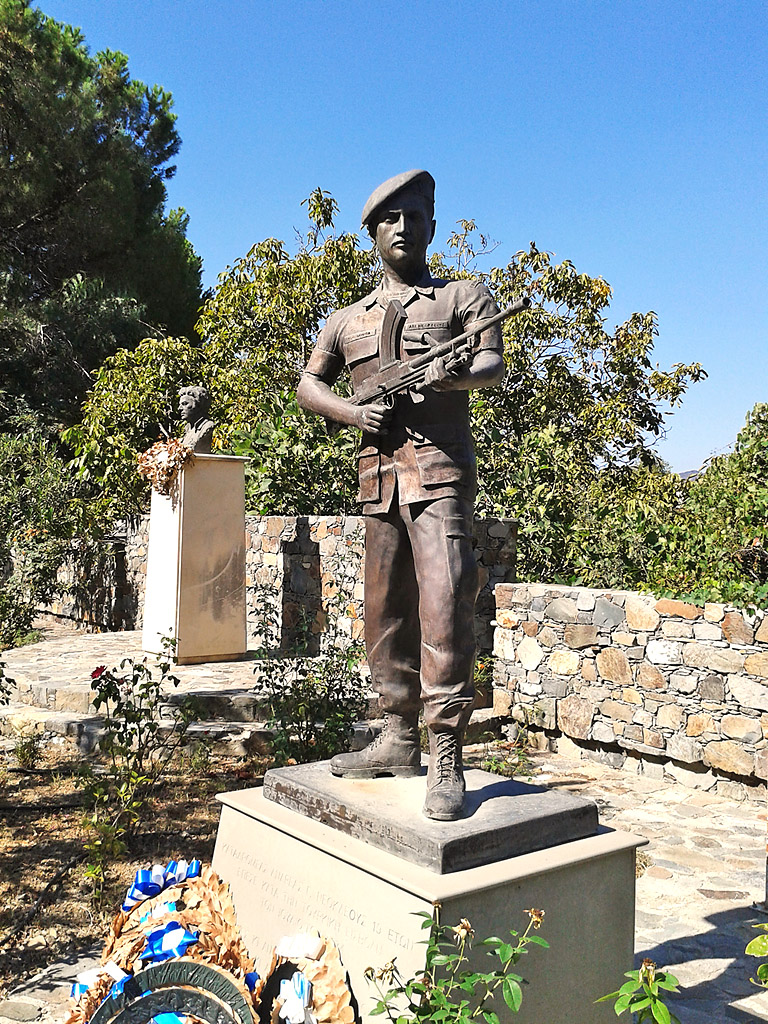 Just 10 kilometres from Vavatsinia there is another little village with a similar name, but this one is Saint Vavatsinia. You can see numerous tomato plantations along the entire route from village to village. Large red bunches of the fruit decorate the thin stalks of the plants like Christmas tree decorations. This is a sight to see, especially for a city dweller!
Just 10 kilometres from Vavatsinia there is another little village with a similar name, but this one is Saint Vavatsinia. You can see numerous tomato plantations along the entire route from village to village. Large red bunches of the fruit decorate the thin stalks of the plants like Christmas tree decorations. This is a sight to see, especially for a city dweller!
Near the entrance to the village is a monument to the 1974 war hero, Andreas Neokleous, who died in the region of Kazaphani, and whose bones were discovered and reinterred in his native village only in 2007. Thoughts immediately go to the war and is repercussions.
Next to the monument is a bust of the famous Greek Cypriot songwriter, Manos Loizos, who has more than 20 music collections to his name. A line from a song he wrote, devoted to the liberation movement of 1974, is carved into the wall behind the monument. He died in 1982 in a hospital in Moscow.
Saint Vavatsinia is a cosy and quiet little village with a recently renovated church of Saints Cosmas and Damian towering in its centre. An old priest welcomes parishioners.
After visiting the church you can relax in a café, enjoying the quiet and unhurried village life.
This route isn’t too tiring as this stretch of winding mountain road is relatively short.
Conclusion
Cyprus is an amazing place – each little village has a beauty and history of its own. It’s a real pleasure to visit even if only for a few hours.




